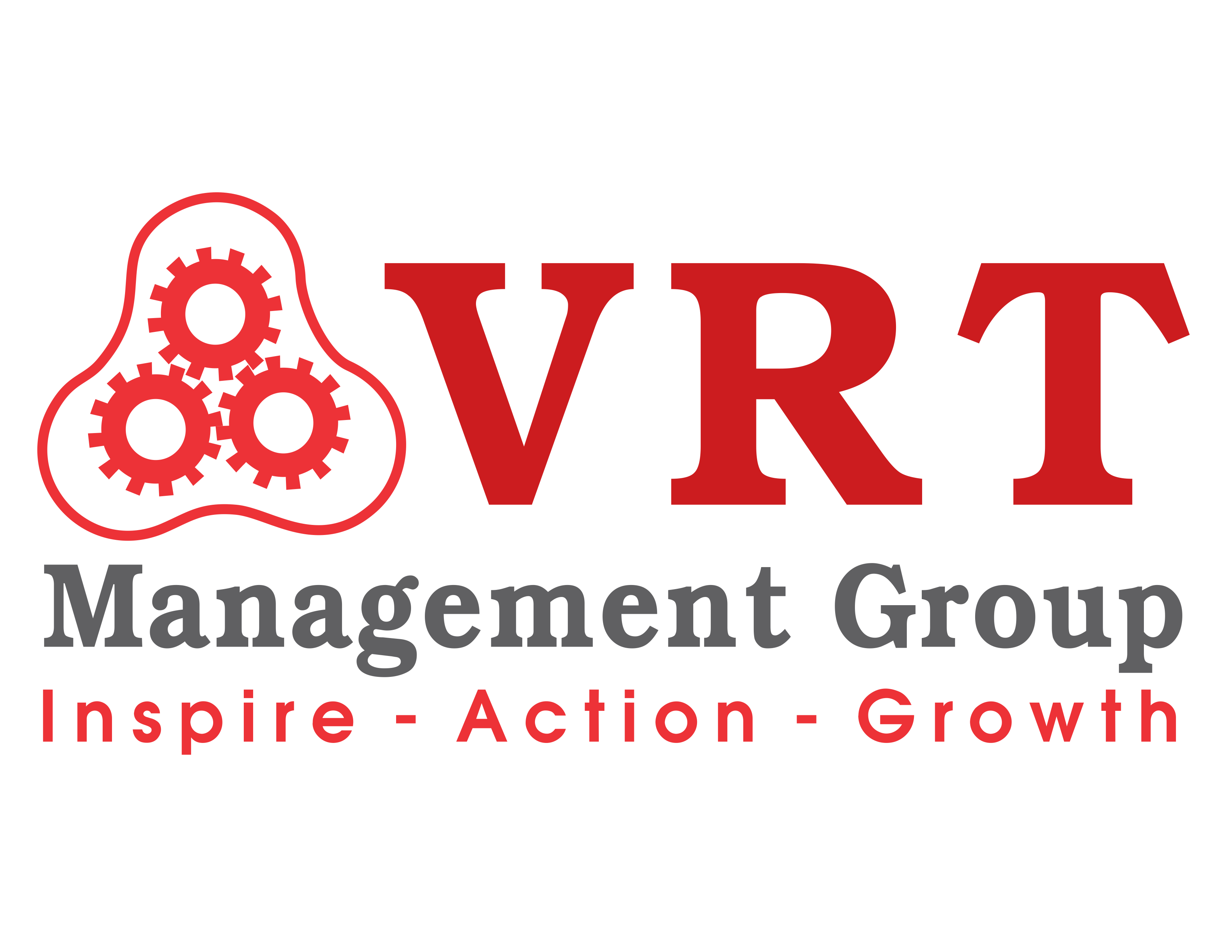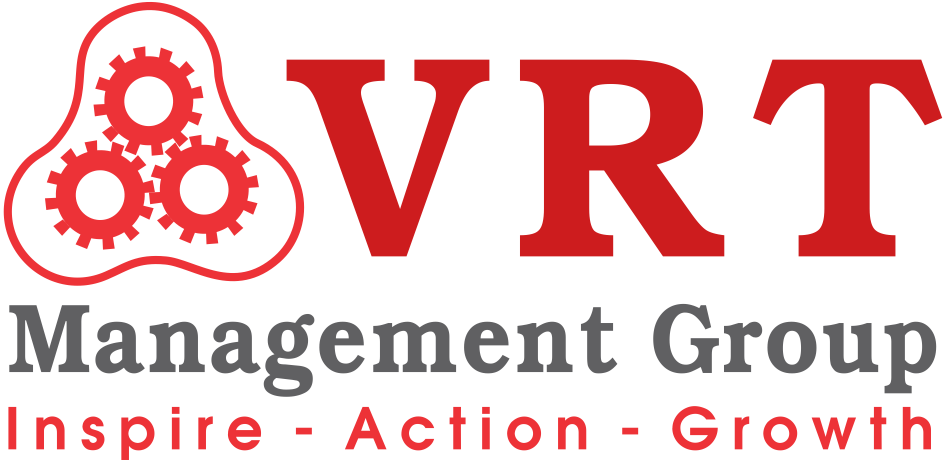
Leading with Six Hats
The Path to Entrepreneurial Success
In the world of leadership, whether you're an entrepreneur starting your own business or a CEO overseeing a large corporation, the ability to wear multiple hats is crucial for success. Each hat represents a distinct role and responsibility that a leader must navigate to steer their organization effectively. These six essential leadership hats are like the gears in a well-oiled machine, each serving a unique purpose while working together to drive your business forward.
1. The Visionary Hat
The Visionary Hat represents a leader's ability to set a clear and inspiring vision for the future. Visionaries are dreamers who see possibilities where others may see obstacles. They imagine what their organization can become and inspire their team to follow that vision. This hat is all about the long-term goals and aspirations that guide the company's direction. As a visionary leader, you need to communicate your vision effectively, helping your team understand why their work is essential to achieving the overarching goals. Your vision should serve as a compass, pointing the way for your organization even in times of uncertainty. With the Visionary Hat firmly in place, you become the driving force behind your company's mission, motivating others to work toward a common purpose.
2. The Strategy Hat
Leaders often wear the Strategy Hat when it comes to planning and decision-making. Strategy is all about how you intend to achieve your vision. This hat involves setting specific goals, developing detailed plans, and making critical choices to move your organization forward. Strategic thinking is the cornerstone of effective leadership. It requires you to analyze the current state of your business, identify opportunities and threats, and develop a roadmap to reach your desired destination. While the Visionary Hat sets the direction, the Strategy Hat lays out the path you need to follow to get there.
3. The Resources Hat
Efficient management of resources, be they financial, human, or technological, is critical for the success of any organization. The Resources Hat is all about ensuring that your company operates smoothly and effectively. This hat involves budgeting, allocating resources, and optimizing processes to maximize productivity. Financial resources, in particular, are a major concern for most leaders. Managing budgets, controlling expenses, and making wise investments are key aspects of this role. Human resources are equally important, as having the right people in the right positions is vital for success. A leader wearing the Resources Hat is skilled at balancing these elements to ensure the organization's sustainability and growth.
4. The People Hat
Leadership is not a solitary endeavor; it relies heavily on the people who make up your team. The People Hat is all about managing your staff, nurturing their talents, and motivating them to reach their full potential. Your ability to recruit, develop, and inspire your team is paramount to your organization's success. The People Hat encompasses various aspects of leadership, including hiring and onboarding new employees, providing ongoing training and support, and creating a positive workplace culture. It also involves setting clear expectations, offering constructive feedback, and recognizing and rewarding exceptional performance. A leader who excels in the People Hat role can build a motivated, productive, and cohesive team.
5. The Connections Hat
A successful leader understands the importance of building and maintaining a robust network of relationships. The Connections Hat represents your ability to form valuable connections with clients, partners, peers, and others who can influence your organization's growth and success. Effective networking is not just about making new contacts but also about nurturing existing relationships. It's about listening, collaborating, and finding mutually beneficial opportunities. This hat plays a vital role in expanding your business, accessing new markets, and staying informed about industry trends. A leader wearing the Connections Hat can leverage their network to secure partnerships, gain valuable insights, and open doors to new possibilities.
6. The Self Hat
While the previous hats focus on external elements of leadership, the Self Hat revolves around personal growth, self-awareness, and self-improvement. Leadership starts from within, and a leader who pays attention to their own development can lead more effectively. Self-awareness is a fundamental aspect of the Self Hat. It involves understanding your strengths and weaknesses, recognizing your biases, and continuously striving to become a better leader. This hat also includes self-care and maintaining a healthy work-life balance to prevent burnout.
Incorporating all six leadership hats into your daily routine can be challenging. Each hat represents a distinct set of responsibilities, and knowing when and how to switch between them is a key skill for effective leadership. Here are some strategies for successfully balancing these essential roles:
Prioritize: Identify the most urgent and important tasks associated with each hat. Prioritizing your responsibilities can help you allocate your time and energy effectively.
Delegate: Recognize that you can’t wear all six hats at once. Delegate tasks that align with specific hats to your team members or delegate some responsibilities to external experts.
Time Management: Block out specific time for each hat in your schedule. For example, dedicate mornings to strategy and afternoons to managing resources.
Regularly Reevaluate: Periodically assess your performance in each role. Determine which areas may require more attention and which hats you can temporarily put aside.
Continuous Learning: Stay informed about best practices and industry trends related to each hat. This will help you make informed decisions and refine your leadership skills.
Mentorship and Coaching: Seek mentorship or coaching from experienced leaders who can provide guidance and insights on how to effectively balance these roles.

